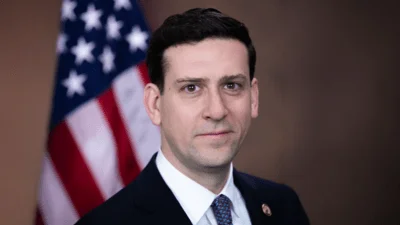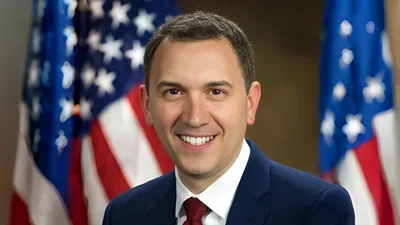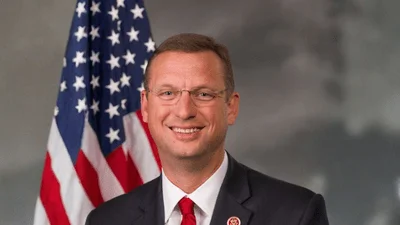President Donald J. Trump visited the Republic of Korea (ROK) for a State Visit on October 29, where he was welcomed by President Lee Jae Myung. This event marked the first time in Korean history that a State Visit has been hosted in Gyeongju and is also notable as the first instance of the ROK welcoming the same leader for a second state visit. The meeting followed their initial encounter in Washington on August 25.
Both leaders referenced President Trump’s 2024 election victory and President Lee’s recent election as demonstrations of democratic strength in their respective countries. They announced what they described as a new chapter in the U.S.-ROK Alliance, emphasizing its importance for peace, security, and prosperity on the Korean Peninsula and throughout the Indo-Pacific region.
During discussions, President Trump and President Lee reaffirmed their commitment to The Korea Strategic Trade and Investment deal, which was originally announced in July. This agreement aims to strengthen economic ties between both nations.
On foreign exchange market stability, both countries addressed concerns related to their Memorandum of Understanding (MOU). According to their joint statement: "The United States and the ROK, in connection with their respective commitments included in the MOU, have thoroughly discussed the potential impact of the MOU on the foreign exchange market stability of the ROK. They have reached a mutual understanding that commitments in the MOU shall not be allowed to give rise to market instability." The agreement specifies that South Korea will not be required to provide more than $20 billion U.S. dollars annually and will seek alternative sources other than direct market purchases when possible. If there are signs that these actions could destabilize markets or cause significant movements in Korean won value, South Korea may request adjustments to funding amounts or timing, which will be considered by U.S. authorities.
The two leaders also highlighted commercial commitments made by private sector actors across strategic industries as evidence of strong bilateral economic cooperation.
They agreed to address non-tariff barriers as part of efforts to promote reciprocal trade and investment. A plan outlining these measures is expected from the KORUS Joint Committee before year-end.
Regarding economic security, both presidents acknowledged "the need to strengthen economic and national security alignment in order to preserve our competitiveness and maintain secure supply chains." Their agenda includes collaboration against duty evasion practices and steps toward fairer investment regulations while ensuring procurement benefits are limited to countries with similar obligations.
On defense matters, "The United States underscored its commitment to the defense of the ROK through the enduring presence of U.S. Forces Korea (USFK)."
Both parties reiterated commitments towards peace and prosperity on both regional issues concerning Korea specifically as well as broader Indo-Pacific affairs.
In maritime cooperation, "The United States welcomed the ROK’s commitment to contribute to modernizing and expanding the capacity of American shipbuilding industries, including through investments in U.S. shipyards and America’s workforce." Additionally, South Korea expressed appreciation for American support for its civil and naval nuclear power programs.





